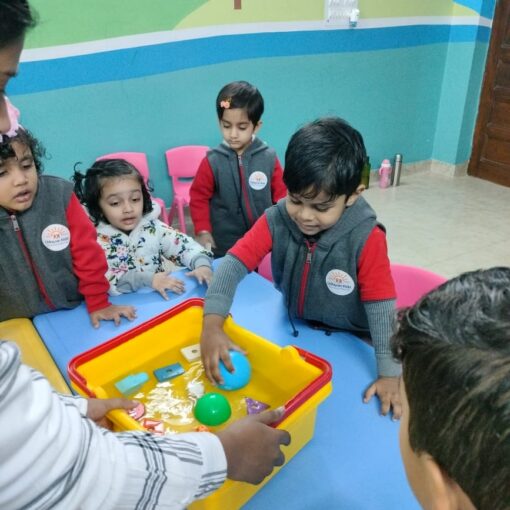
Patriotism is more than just a word; it’s a feeling of love and pride for our country. Understanding this concept can be exciting and empowering for young students in Class 3. Teaching them about patriotism helps build a strong sense of belonging and responsibility toward their nation. Here’s how you can introduce this important idea in a way that resonates with them.
Learn more about our approach to early childhood education at Udayan Kidz.
Understanding Patriotism
Patriotism means loving our country and being proud to be a part of it. It’s about caring for our nation and wanting to make it better. When students understand this, they begin to see why it’s important to contribute positively to their surroundings.
Why Patriotism Matters
When we love our country, we naturally want to do good things for it. This sense of pride encourages us to follow rules, be kind to others, and help our communities. These small, everyday actions can make a big difference in creating a happier and safer environment for everyone.
What Patriotism Looks Like in Everyday Life
Patriotism isn’t just about grand gestures; it’s about the little things we do daily. Here’s how students can show their love for their country:
- Respecting Our Country: This involves following rules, being polite, and respecting national symbols like the flag. For instance, standing up during the national anthem is a simple yet powerful way to show respect.
- Helping Each Other: When students help their friends, family, and neighbors, they’re showing care for their community. This is a key part of being patriotic. Acts like sharing, helping with chores, or simply being kind contribute to a stronger community.
- Being Proud: It’s important to feel proud of where we come from. Celebrating national holidays, learning about our country’s history, and remembering important people and events are all ways students can express this pride.
Simple Examples of Patriotism
Patriotism can be practiced everywhere – in school, at home, and in the community:
- In School: Students can show patriotism by helping a friend with homework, being kind to classmates, and following school rules. These actions help make the school a better place for everyone.
- At Home: Helping with chores, being polite to family members, and taking care of belongings are ways to show love for one’s country at home.
- In the Community: Picking up litter, saying “please” and “thank you,” and participating in local events or clean-up days are excellent ways for students to contribute to their community.
Helping Hand- Teaching Responsibility in children
Voices of Patriotism: What Students Say
Here’s what a few students have to say about what patriotism means to them:
- Student 1: “Patriotism means loving our country and being proud of it. When we are kind to others and help them, we show that we care about our community and our country.”
- Student 2: “We can show patriotism by being polite and following the rules in school. If we help our friends and are good students, we make our school a better place.”
- Student 3: “At home, we can show patriotism by helping with chores and being nice to our family. When we care for our home and do our best, we help make our country a better place.”
Conclusion: Building a Sense of Pride and Belonging
By the end of this lesson, students should understand what patriotism means and how they can express it through simple actions. Most importantly, they should feel a deep sense of pride and belonging to their country and community.
Teaching patriotism to young students is a valuable step in helping them grow into responsible and caring citizens. With these small, everyday actions, they can contribute to the greater good and make their country a better place for all.





One thought on “The Spirit of Patriotism: How Class 3 Students Can Make a Difference”